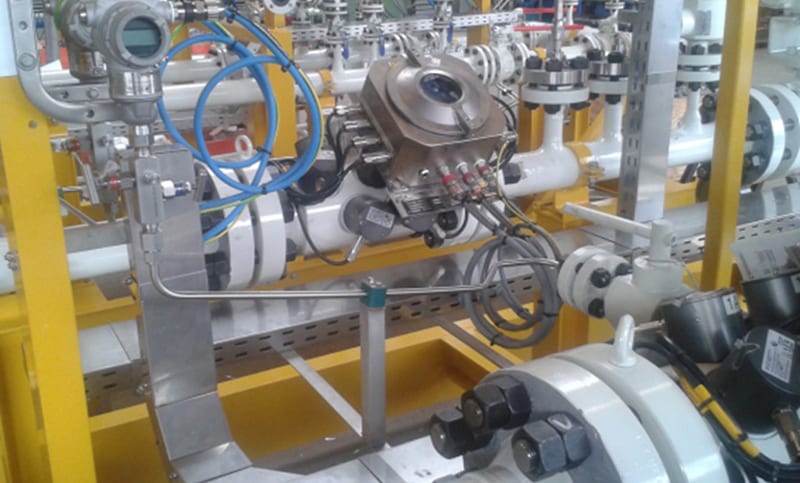Oil and gas exploration and production companies, or E&P companies, use three basic formats for measuring and reporting oil and gas production:
(1) Oil production is measured and reported in barrels, or “bbl.” Production rates are typically reported in terms of barrels per day, which may be abbreviated in several different ways, including bpd, b/d and bbl/d. Production volume may be rounded to the nearest thousand or million barrels, denoted with “m” or “mm,” respectively.
(2) Gas production is measured and reported in cubic feet at a standardized temperature and pressure of 60 degrees Fahrenheit and 14.65 pounds per square inch. Similar to oil production figures, gas production is often reported in shorthand of million, billion or trillion cubic feet, denoted by “mmcf” and “Bcf” or “Tcf,” respectively. Global gas production is often reported in cubic meters to simplify the large volumes.
(3) Oil and gas companies may also standardize their production in units of barrels of oil equivalent, or BOE. This measurement converts gas production to oil production on an energy-equivalent basis. The industry standard conversion rate of 1 barrel of crude oil has the same amount of energy as approximately 6,000 cubic feet of natural gas. It is also possible, but less common, to see oil production reported in the equivalent volume of gas, denoted by “mcfe.”
In the United States, oil and gas is measured prior to leaving the well site and passes through a series of verification measures that may include gas meters or manual checking of oil storage tank levels.
Source: Investopedia



